Watch as elderly villagers from Busan’s Geumjeongsan carry out a set of timeless rituals to prepare nuruk, a fermentation agent necessary for the brewing of makgeolli
Trundling up the forest path afire in the morning light, breathing in the crisp air, I feel as if I’ve left civilisation far behind. Looking over my shoulder confirms this: It’s nothing but endless hills. Aside from the soft crunch of my boots, all I hear is the rustling of fallen leaves pinwheeling lazily in puffs of wind.
It’s 10.30am when I heave myself up Godangbong peak. Standing at 801.5m, it’s the highest point in all of Busan, South Korea, and part of the sprawling Geumjeongsan massif. From a natural castle of lichen-encrusted granite, the slope falls sharply to the glossy, meandering Nakdonggang river.
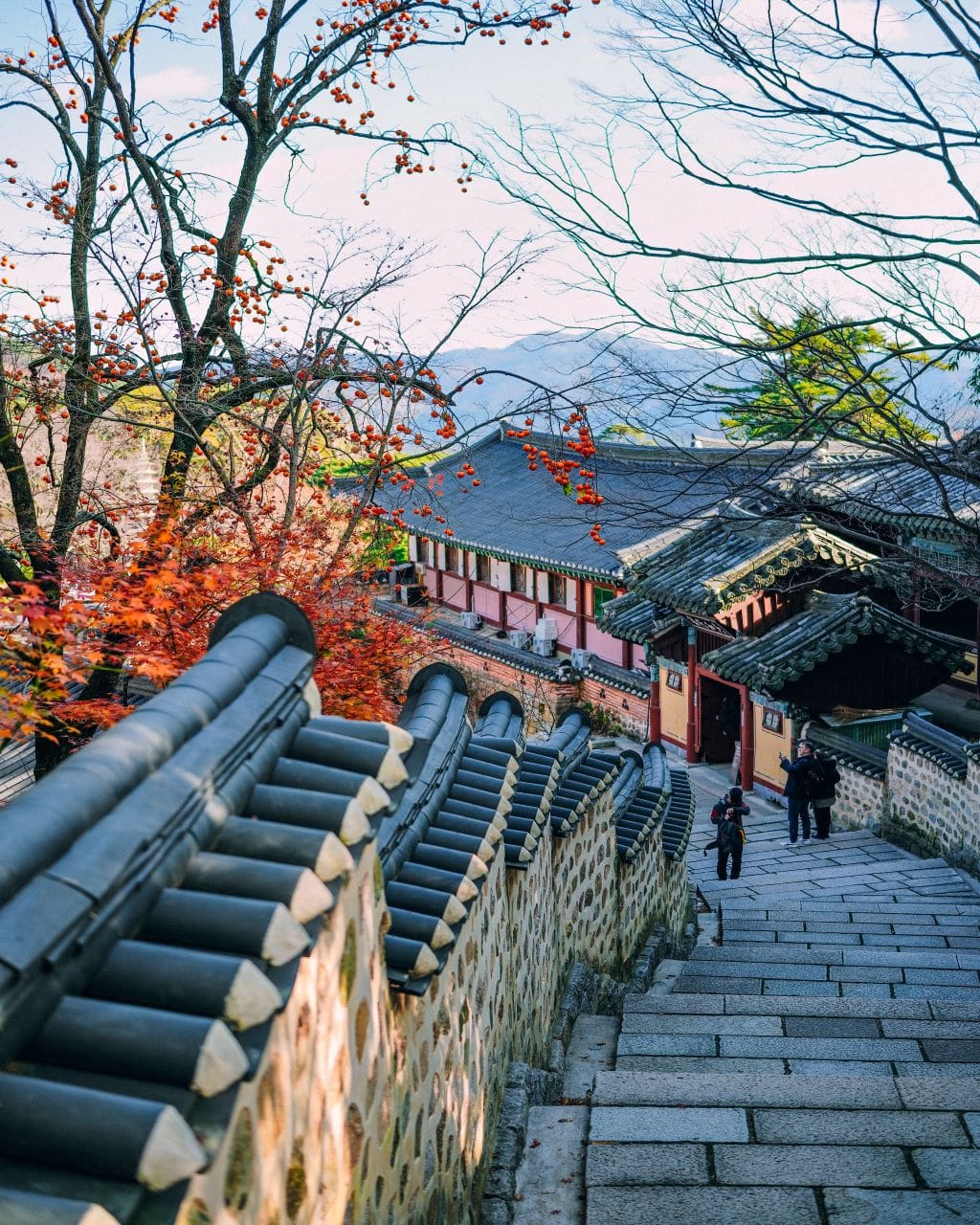
Due south, skyscrapers and a gossamer bridge meet a gold-leaf sea that stretches to a hazy horizon. My gaze shifts to a saddle below the peak, where I can make out a stone gate and a wall that resemble a long, undulating tube of dough. The circular 18km wall was erected following invasions in the late 16th and early 17th centuries.
Toiling away as a corvée labourer on a project of this scale must have been a thankless task, except perhaps for the inducement of makgeolli – a milky-white, undistilled rice wine of around 6% to 8% alcohol by volume (ABV) – brewed in Sanseong Maeul, or Fortress Village, a small settlement in the mountain’s inner valley. So tasty was the creamy, sour-sweet euphoriant that the builders continued to pine for it after the fortress was finished and they’d returned home.
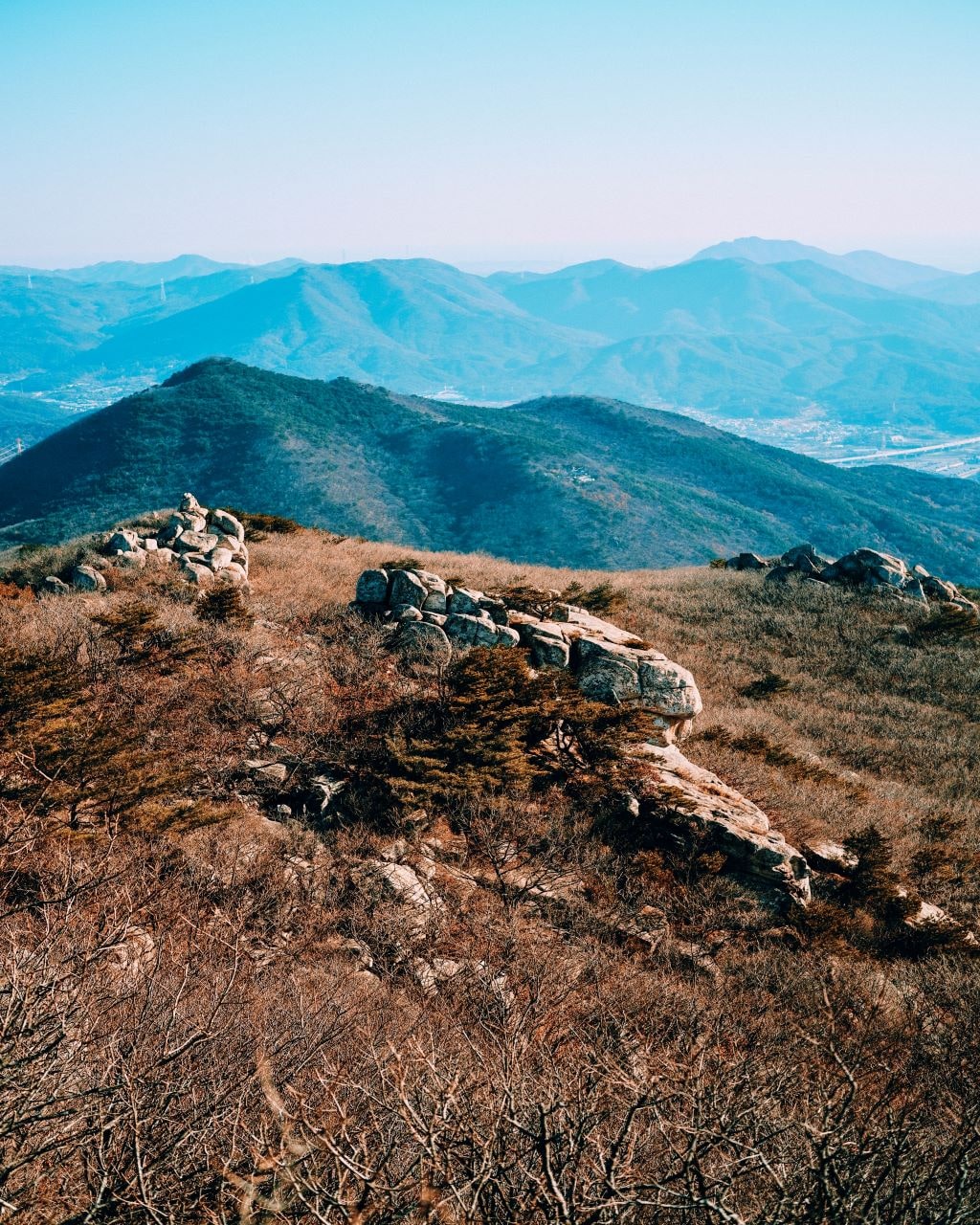
While the wall’s steadfastness was never tested in the centuries that followed, its survival is a victory in itself. It fell into disrepair before being partly demolished by Japanese colonisers in the early 20th century. Today, the intact sections stretch for only 4km or so. The serpentine sentinel also stands as a symbolic protector of the living history in the valley below, where authentic makgeolli continues to flow, unimpinged by the ever-modernising port city of 3.5 million people that lies just beyond the ridgeline.
My mountain trek is taking me to this village, where I hope to learn the craft behind traditional makgeolli production through an educational programme that started in 2018 and expanded last November. Along the way, I pass several exuberant hikers using poles to pick their way over stones and tree roots. Were it a bit warmer, I reckon I would have come across groups enjoying boisterous forest picnics accompanied by a few bottles of rice wine.
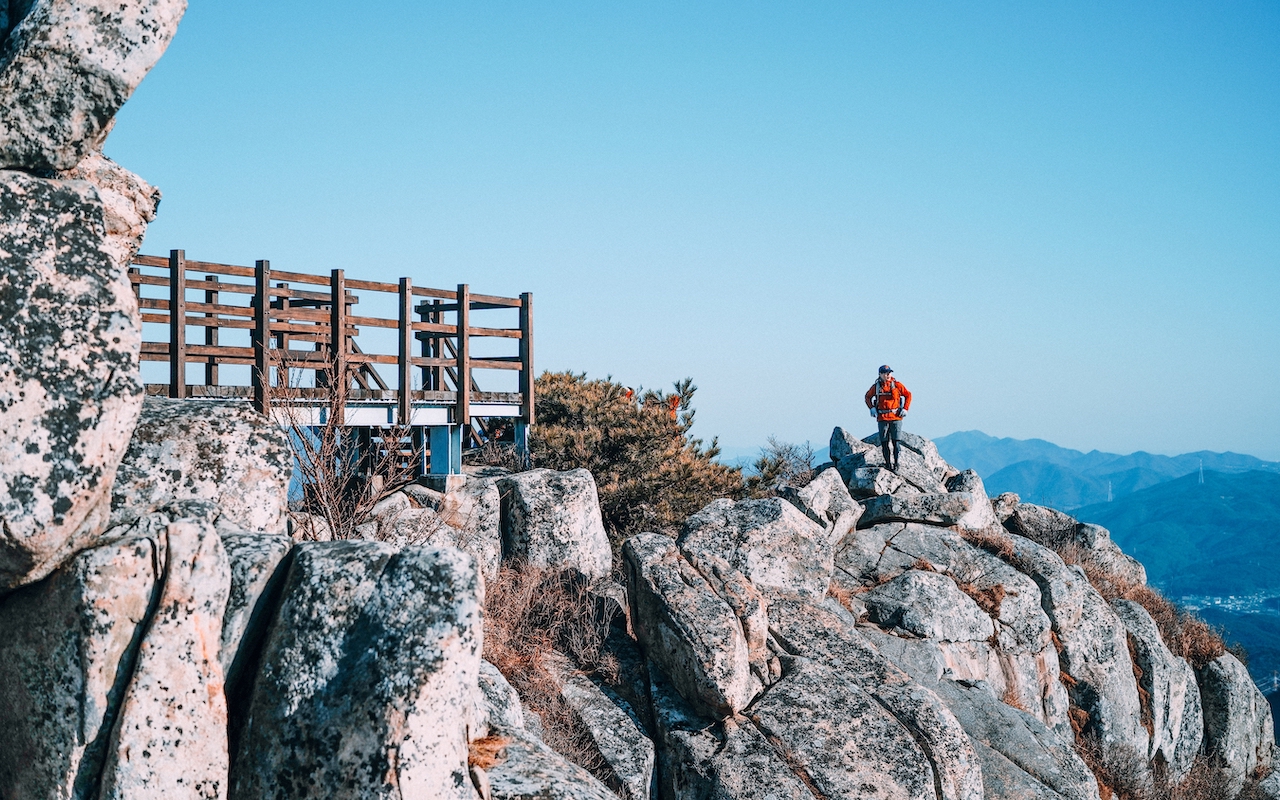
Makgeolli is not only a hiker’s drink, though. Dating at least as far back as the Goryeo dynasty (918 to 1392), the lightly carbonated brew has long been the tipple of choice of farmers. Even today, workers in the fields take breaks during harvest time to quaff the beverage. As South Korea went from being 95% rural to 80% urban throughout the 20th century, makgeolli gained a place in city culture as a cheap, wholesome drink.
Yet, by the turn of the 21st century, it had become the uncool choice, stereotyped as a drink for lower-class, countrified oldsters. That was until the start of the 2010s when sentiments began to shift again. Perhaps inspired by historical TV dramas and South Korea’s global success, a new generation began to latch on to fading cultural artefacts like hanok (traditional houses), hanbok (traditional dress) and makgeolli.
“So tasty was the creamy, sour-sweet euphoriant that the builders continued to pine for it”
As makgeolli caught on with a younger crowd looking for a richer, slower-paced drinking experience than that of potent soju (one of the world’s most popular spirits), a market opened up for carefully crafted versions together with flavoured varieties. Soon enough, makgeolli infiltrated the Koreatowns of cities like Los Angeles and began to appear on the menus of global Michelin-starred restaurants.
This whole phenomenon grew from developments taking place in Fortress Village, which has continuously produced some of the peninsula’s finest makgeolli for over 500 years. But before the brew’s renewed popularity, the villagers faced adversity in the form of a nationwide ban on nuruk – the drink’s fermentation agent – through the Liquor Tax Act of 1960. Then, in 1965, came a prohibition on brewing with rice due to chronic food shortages. While other brewers switched to wheat or corn, Fortress Village turned to bootlegging to maintain the traditional methods.

Speaking about this period, a villager later tells me, “There’s never been enough land to grow many crops here in the village. So, we had no choice but to carry on making makgeolli for a living. Even though there were some police crackdowns, we kept doing it secretly.”
In the end, it was former South Korean president and makgeolli connoisseur Park Jeong-hee who saved the village’s brewing industry after being overcome by drinker’s nostalgia. Park had visited Fortress Village on military business during his days as a general and drunk deeply of the local makgeolli. After sampling it again as president, he was moved to find that it tasted just as he’d remembered. For its sip-worthiness, and to ensure that it remained part of Korean culture, he designated it Folk Alcohol No 1.
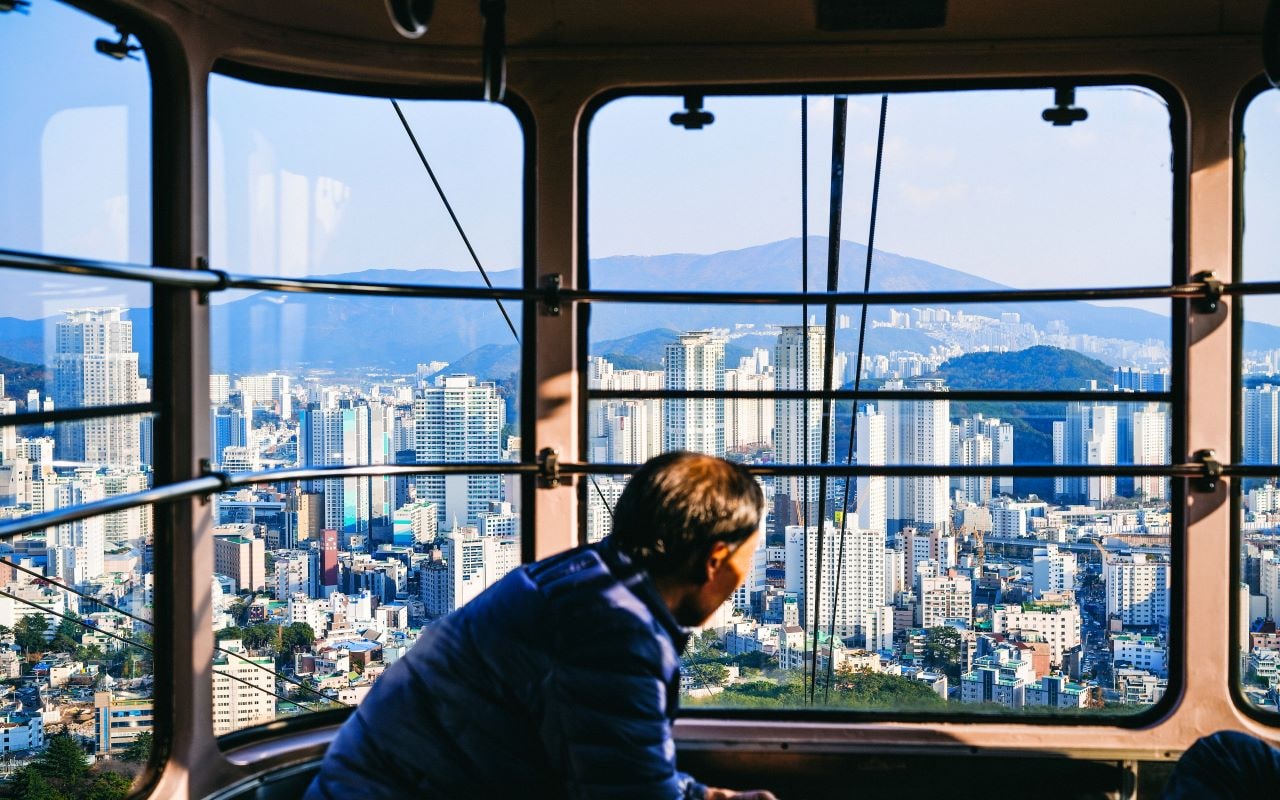
Thus, villagers were able to open their own legitimate rice makgeolli brewery in 1979, well ahead of the general countrywide lifting of the rice-brewing ban in 1990. One of the villagers, Yu Cheong-gil, who’d learnt brewing from his mother, became the representative of the local makgeolli trade. In 1998, through intensive study of traditional brewing methods, he became the only Busanite recognised as a Korean Food Grand Master, and the only one of the 78 Grand Masters recognised for making makgeolli.
After three hours of hiking, I descend into a valley filled with peak-roofed houses, each one fitting higgledy-piggledy into the lay of the land. I pass two of Geumjeongsanseong Makgeolli’s brewery buildings on my way to its nuruk workshop, which could be mistaken for a prefab warehouse if not for the giant, paunch-shaped hangari (clay pots) lined up outside.
Early for my brewing lesson, I’m seated in a sunny spot just within a doorway next to Park Su-jeong, a sprightly 57-year-old woman. Looking into the clay-walled space filled with natural light and conspicuously lacking a radio or TV, I see a squad of elderly women with black-dyed perms stacking beige circles and rectangles of nuruk then carrying them to the smaller “nuruk room”. The nuruk is left to sit for 15 days where it will grow fuzzy blotches of mould.
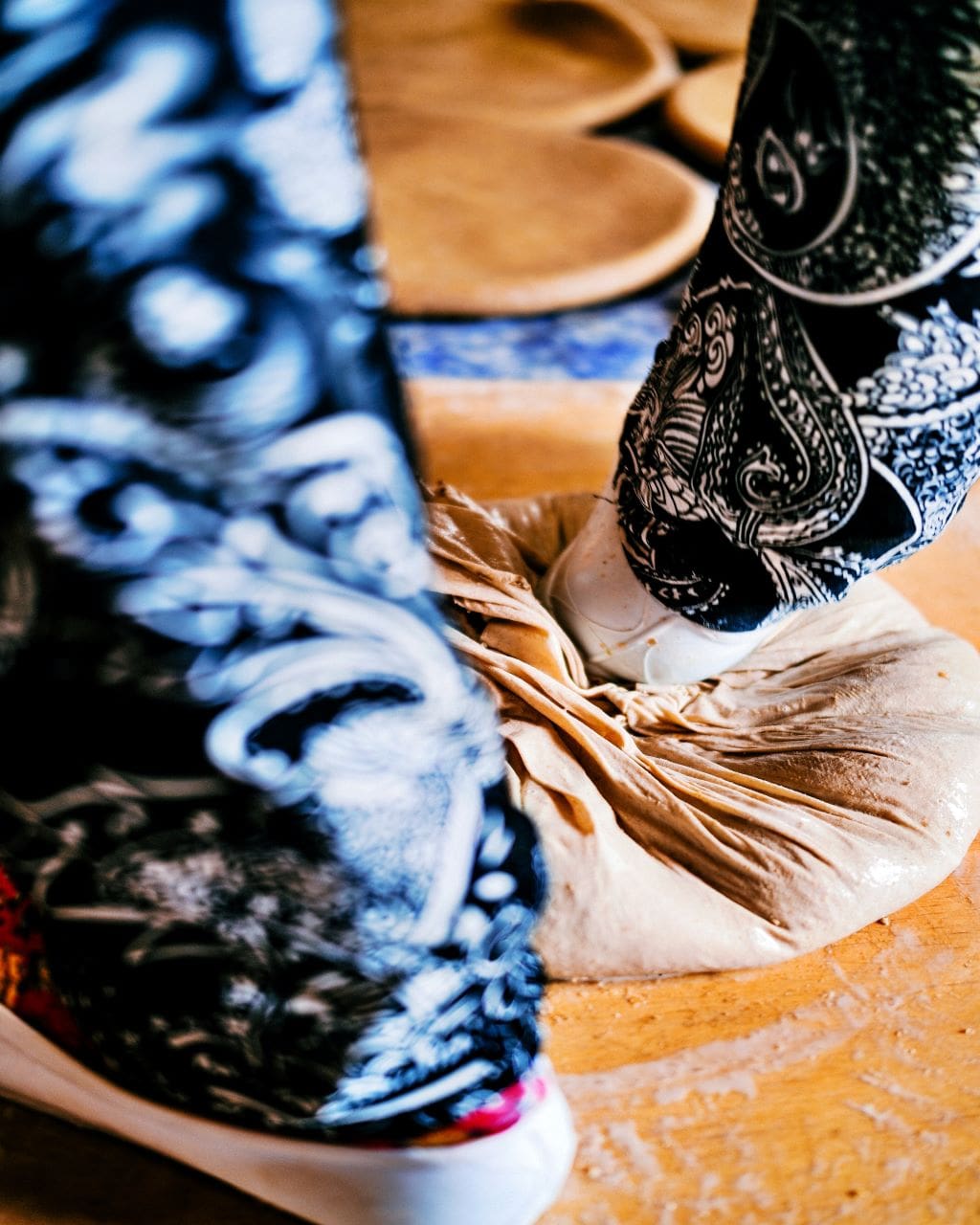
Transported back to my mother’s kitchen by the smell of the dough, I watch the women carry out a set of timeless rituals: unloading a mound of clay-like nuruk from a steel tub, kneading it into half-spheres, wrapping these in cheesecloth and pressing the clumps with their rubber slip-on shoes known as gomusin. Hands behind backs, the grannies turn counterclockwise in time while making pretty little steps with their feet, a sort of folk dance that results in perfect circles of nuruk.
After wrapping up some urgent tasks in the workshop, Park is ready for our lesson. She starts by telling me to take off my shoes and socks. After making sure that I heard correctly, I sidle up barefoot to a lump of nuruk dough and follow her instructions, first using a heel to spread out the dough, then pressing the curve of my smallest toes to define the “crust” along the edge. The squishy dampness feels pleasant, and I gain confidence as I see the discus starting to take shape. My creation will go with the others into the nuruk room. After attracting plenty of bacteria, mould and yeast from the mountain air, it will be crumbled and added to steamed rice and water for fermentation. And around a week after that, traces of the nuruk I stepped on will end up in some of the brewery’s white plastic bottles, ready to taste.
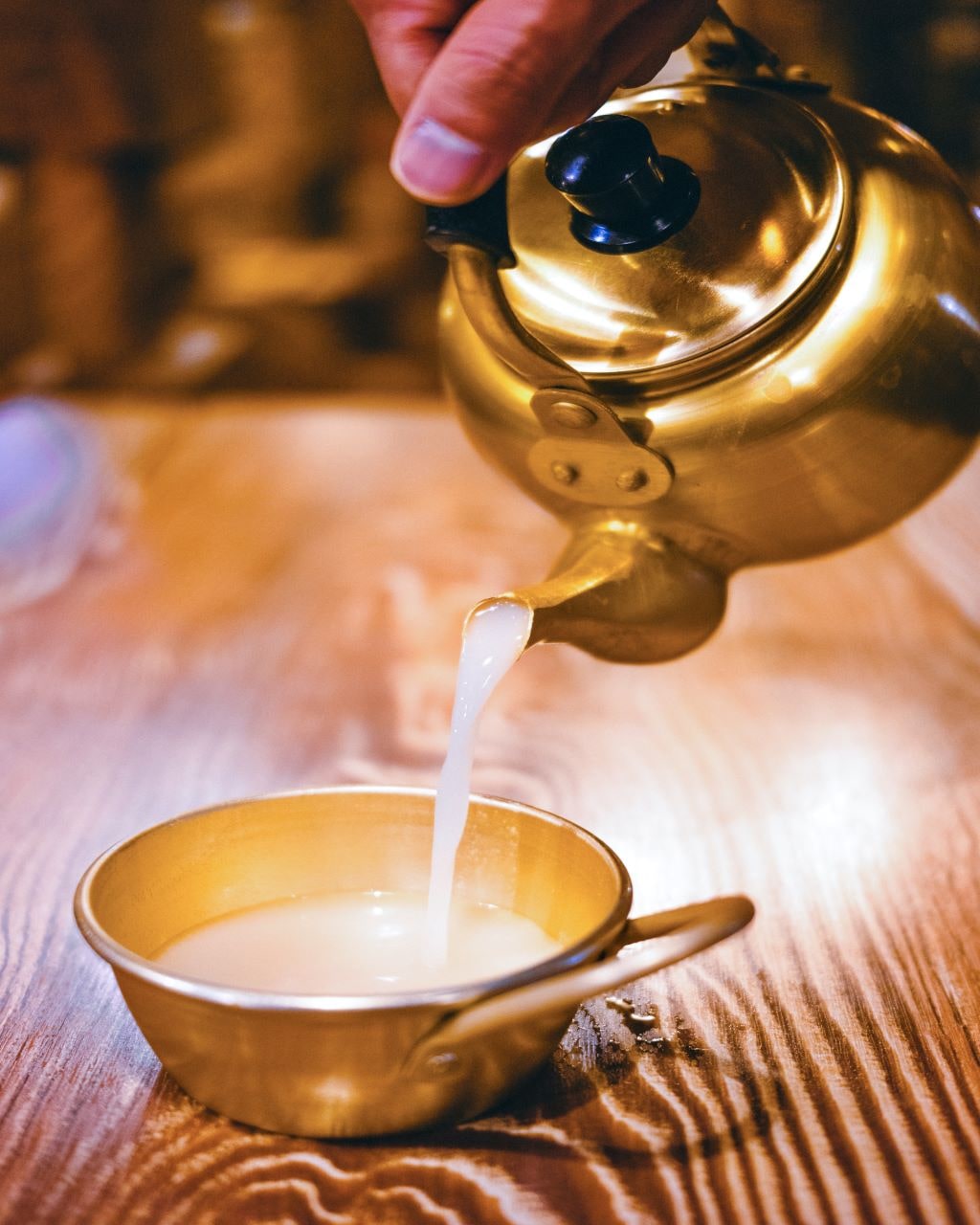
From the nuruk-shaping space, we move to a classroom next door with rows of sinks and countertops, a whiteboard with detailed brewing instructions written on it and framed pictures of Grand Master Yu. Here, Park expounds on how to brew makgeolli at home, before fetching a small batch in a plastic jar and pouring it through a strainer above a bowl. “Rinse your hands, please, and squeeze the mush,” she says. “But no soap! Hand flavour is important.”
I dip my hands into the glacier-cold sediment. It feels like soggy oatmeal, but the aroma wafting out is floral-sweet and delicate. When most of the liquid has been squeezed out, Park pours me a cup of pure, unadulterated makgeolli. I take a sip. First comes a silky, slow-breaking wave of tartness. Then a subtle carbonic sizzle. And last, a ticklish afterglow warms my stomach. I can see how this drink managed to melt the heart of an iron-willed president.
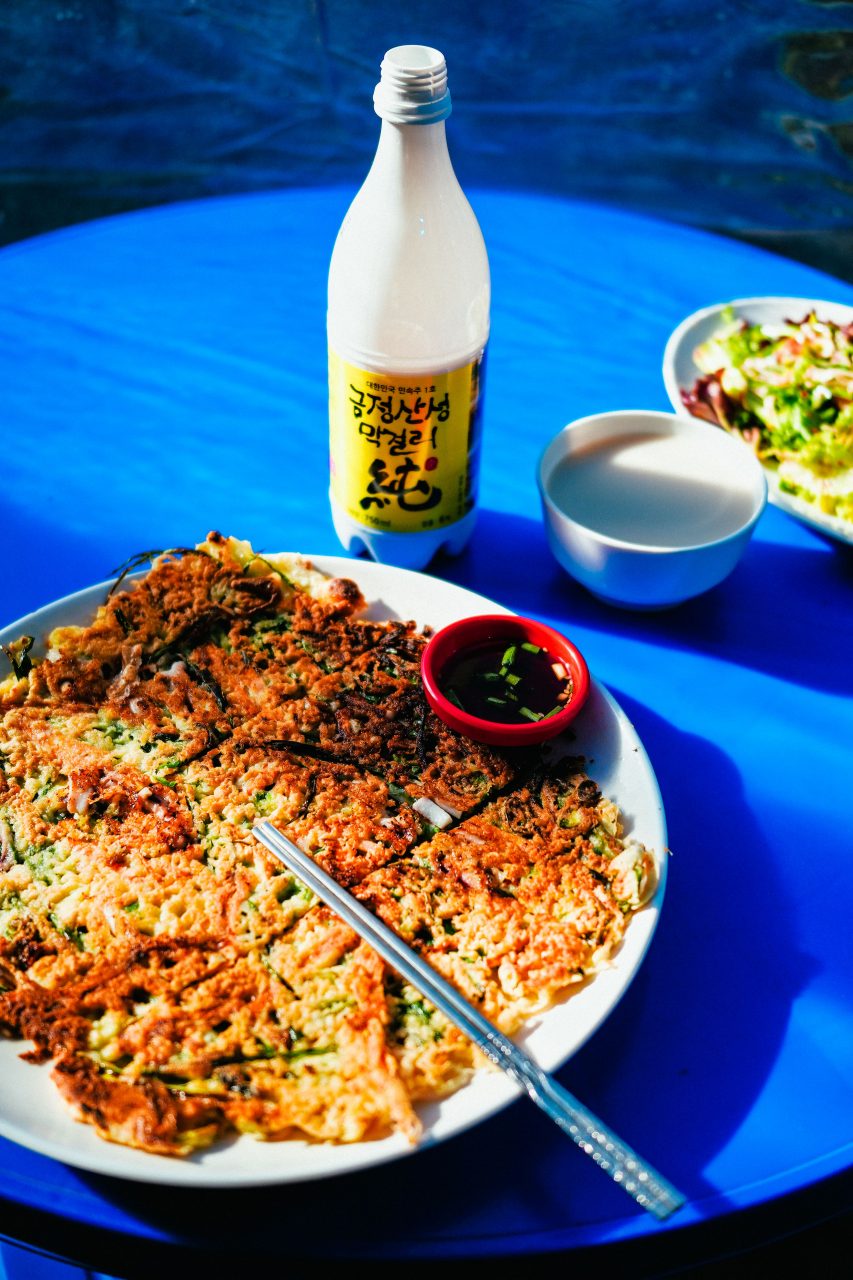
By the time I hike back up to the ridge, the stone blocks of the fortress’s North Gate are glowing orange in the setting sun. Historic banners on flagpoles unfurl to reveal cryptic symbols: a three-headed bird on one, a winged tiger on another. Tall stands of silver grass bob and sway in the breeze, stalwart and untroubled. In the fading light, I half expect to see an approaching horse cart, a soldier looking down from the guard post.
For a while, I delay passing through the gate’s dark archway and commencing my trek back down the mountain. But I gain comfort from the weight in my backpack. There, carefully secured in a screw-top container, are steamed rice and crumbled nuruk from the brewery. “When nuruk is well-aged, it’s like flowers in bloom,” Park has told me. To relive this day, all I’ll need to do is add water.
Busan’s makgeolli bars
Sulgotgan
This should be the first stop on a makgeolli bar crawl of Busan, a minimalist space located between Haeundae Beach and Gwangalli Beach. The servers are happy to help patrons chose from the catalogue-thick menu of different makgeolli options.
Dubeonjjae Suljib
Located along a quiet street in the lively neighbourhood around Kyungsung University and Pukyong National University station, this unassuming bar charms with soft lighting and a nationwide selection of makgeolli.
Anjung & Hansandoga
Part of a makgeolli-making school situated in the cosmopolitan Seomyeon area, the classy Anjung & Hansandoga offers artisanal makgeolli alongside some lesser known traditional liquors.
Video by Julie Mayfeng/Syahirah Mazlan
Singapore Airlines flies to Busan four times a week. To book a flight, visit singaporeair.com
SEE ALSO: 6 secret wonders to uncover in Busan’s Haeridan-gil neighbourhood
This article was originally published in the February 2020 issue of SilverKris magazine
The post The secret behind the traditional brew of makgeolli in Geumjeongsan, Busan appeared first on SilverKris.
from SilverKris
Hello! Great article and thank You for Providing Such a Unique and valuable information on The New York Trolley Company for your readers. I really appreciate it. You can also visit bar crawl nyc for more New York Trolley Company related information and knowledge.
ReplyDelete